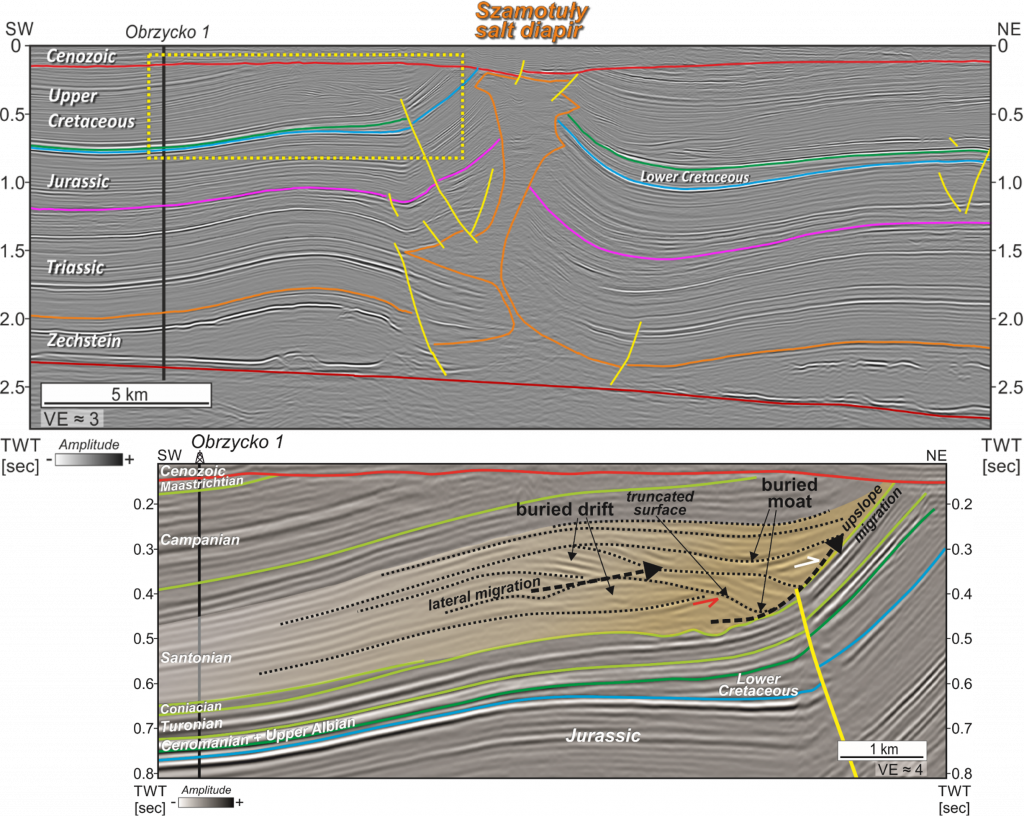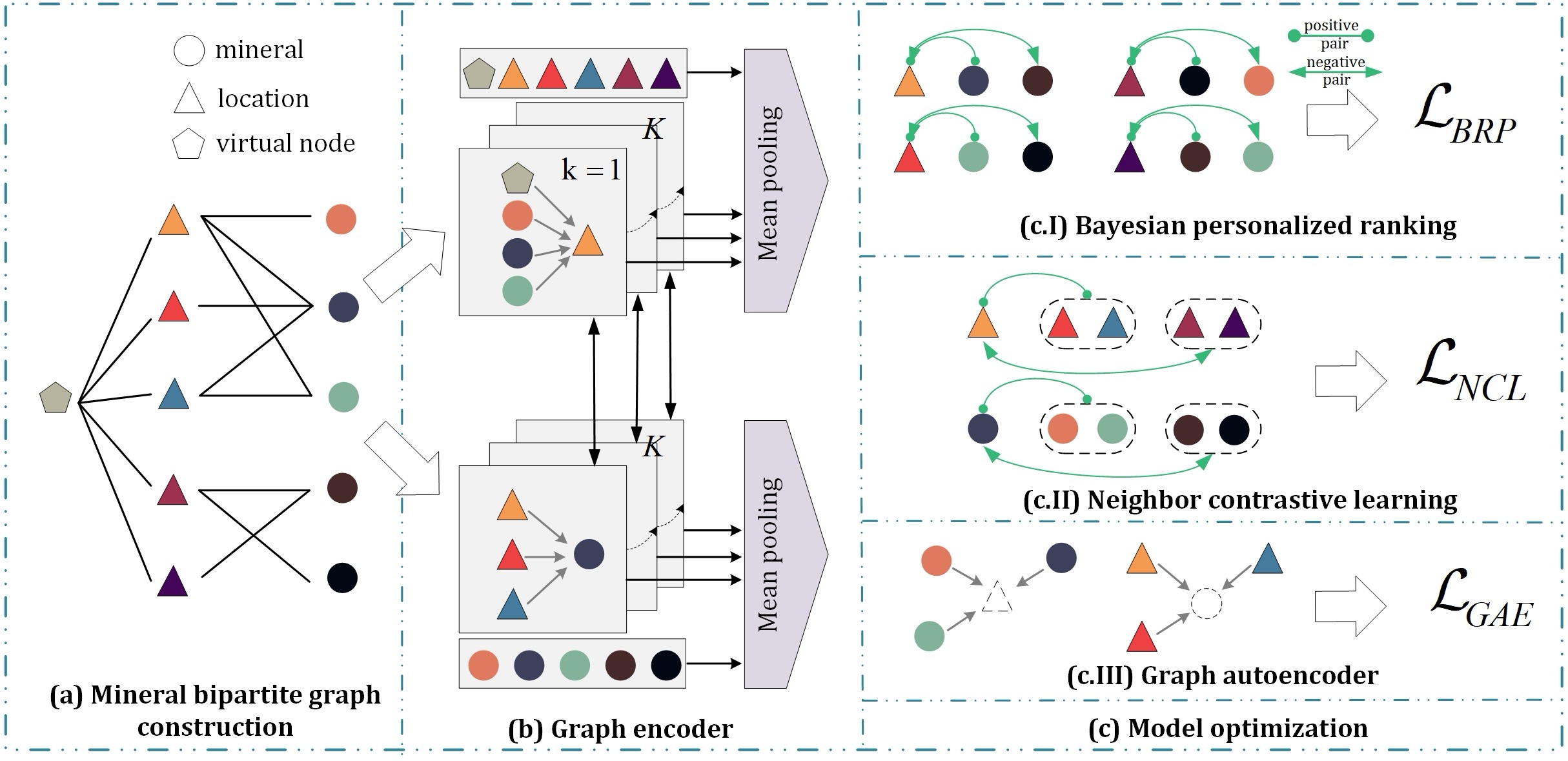We are excited to invite you to the next seminar of the 2025 Geology and Geophysics Seminar Series (formerly Earthbyte Seminars), featuring Dr Aleksandra Stachowska, a researcher at the
Seismic Interpretation and Basin Analysis Research Group (SeisSed) at the Institute of Geological Sciences, Polish Academy of Science. Aleksandra will be presenting on “Inversion Tectonics Vs. Depositional Systems – Seismic Examples Of The Upper Cretaceous Succession From Poland” discussing key geological processes and their implications for basin evolution, sharing fresh insights and innovative methods in geoscience.
Date: February 26, 2025
Time: 11:00 a.m. – 12:00 p.m. AEDT
Location: Room 449 (Conference Room), Madsen Building (F09), School of Geosciences
or Online (Join via zoom)
We look forward to seeing you there in person or joining us online!
https://uni-sydney.zoom.us/j/84796471781?from=addon
Inversion Tectonics Vs. Depositional Systems – Seismic Examples Of The Upper Cretaceous Succession From Poland
Abstract
The transition from an extensional to a compressional stress regime in Europe during the Late Cretaceous/Paleogene led to the reverse reactivation of normal faults and the uplift of basement blocks along with their extension-related sedimentary cover. This regional inversion also triggered the compressional reactivation of salt structures. In my talk, I will discuss high-end 2D seismic reflection data from the vicinity of the main inversion structure in Poland, i.e. the Mid-Polish Anticlinorium, which provide evidence of the significant impact of inversion tectonics on Late Cretaceous depositional patterns in the study area. The seismic examples, presented in my talk, will document the depositional architecture shaped by transverse and axial depositional systems, adjacent to salt structures developed within the sedimentary cover of the Paleozoic platform and inversion structures within the East European Craton (EEC). These structures functioned both as morphological barriers and as alimentary areas for the Polish Basin. The development of depositional architecture in NE Poland may have also been influenced by the lithospheric buckling along the southwestern margin of the EEC, which I will discuss as well.
Graphical Abstract

![]()

